In a patch of prairie, ringed by suburban cul-de-sacs, small holes dot the edges of a walking path.
They’re barely noticeable.
But they extend 6 feet into the ground, and are home to Wisconsin’s rarest crayfish species, the prairie crayfish.
Stay informed on the latest news
Sign up for WPR’s email newsletter.
Helen Holtz, an ecologist with the Waukesha County Land Conservancy, was at that spot last weekend, repairing trails with high school volunteers. It was a warm day after heavy rains — ideal crayfish-spotting conditions.
“We found over a dozen mothers, just laden with her babies,” she said. “We found a couple of males as well.”
When rain floods their burrows, the typically nocturnal crayfish come up for air, Holtz said.
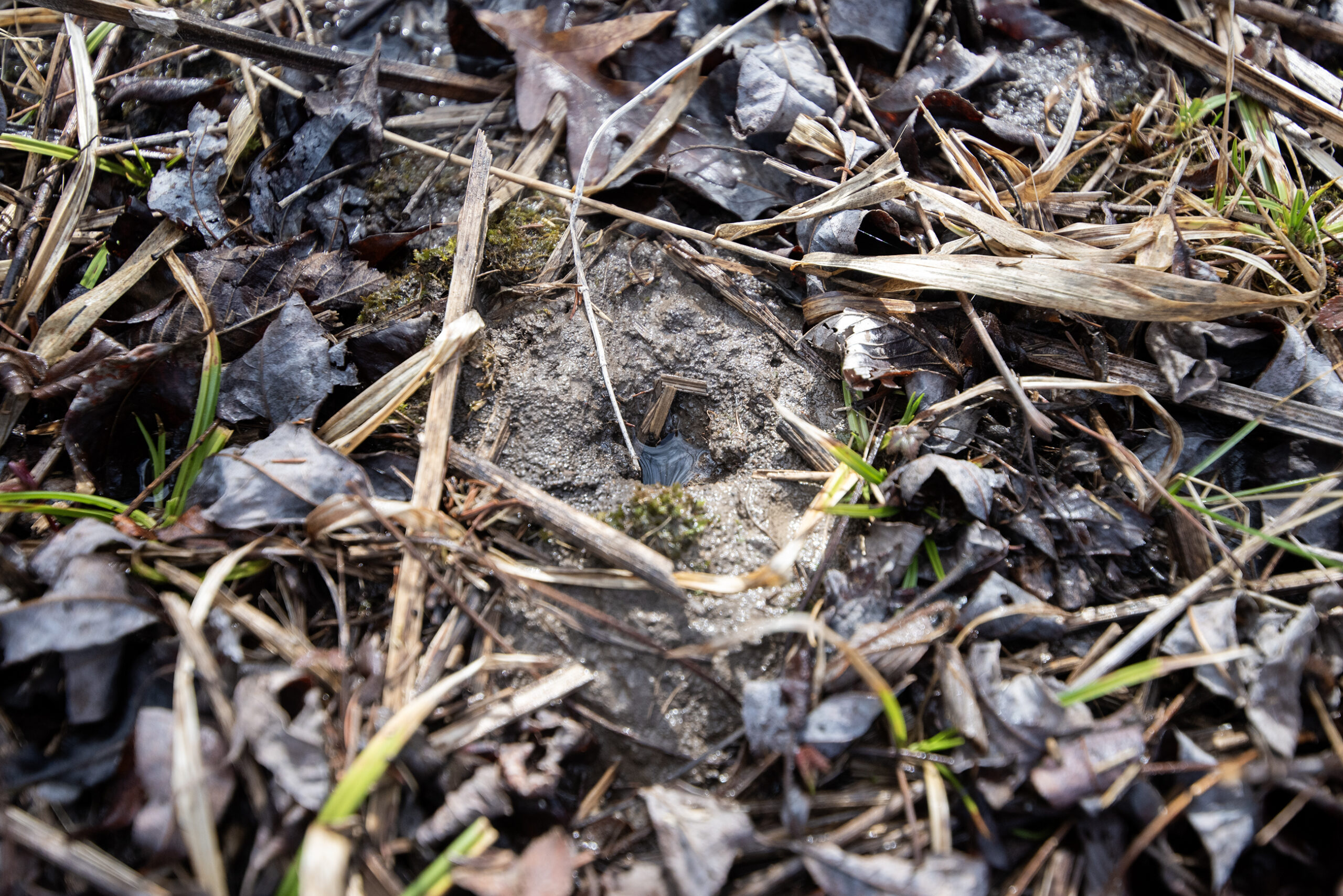
Until last weekend, she hadn’t seen one in years.
Much is still unknown about the understudied prairie crayfish, she added. But their burrows are meant to reach groundwater, and some have been documented as 14 feet deep.
Other crayfish species can walk on land, too, Holtz said, and some dig burrows during dry spells. But the prairie crayfish does it year-round.
She said they’re typically 2 to 3 inches long.
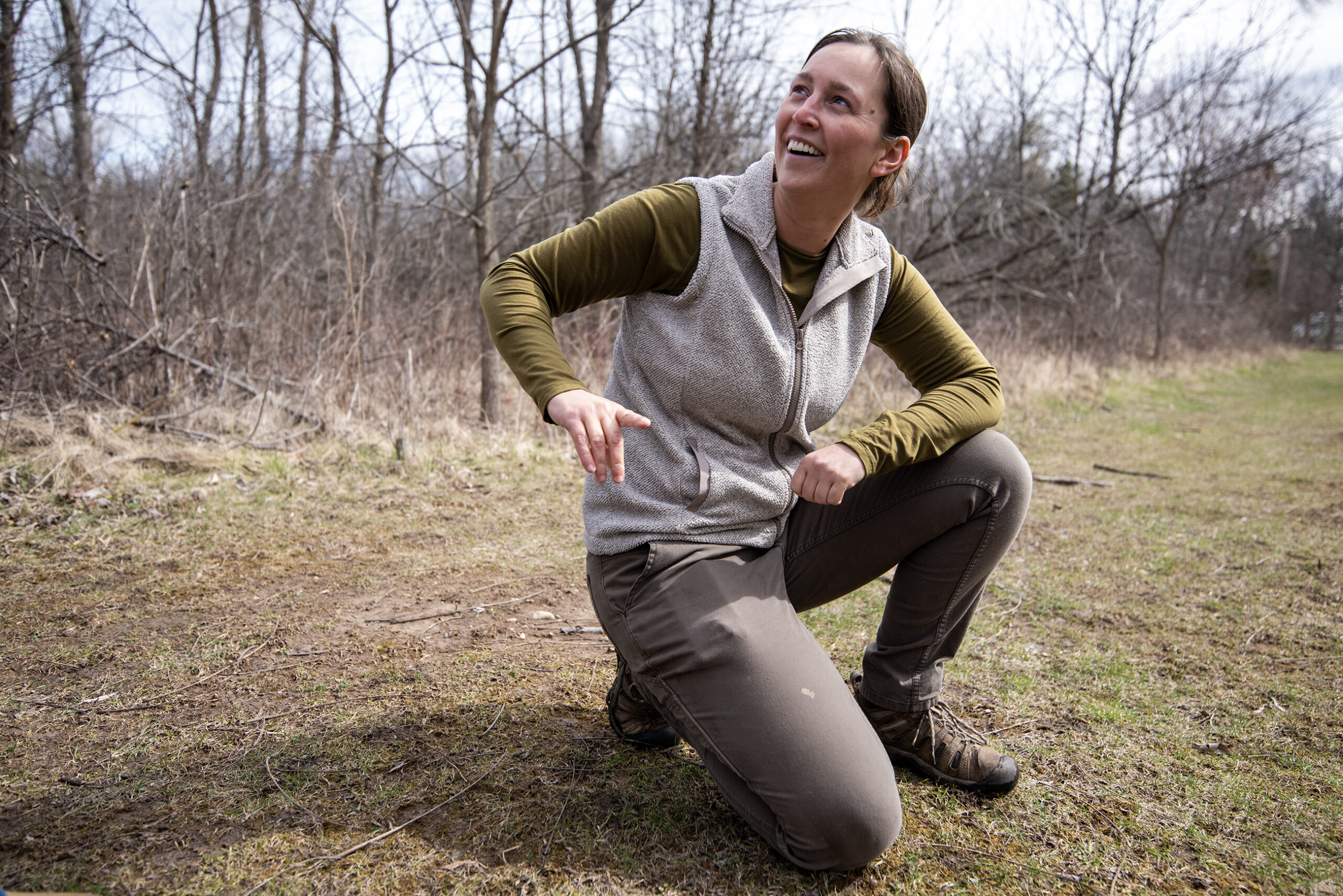
Crayfish live in endangered prairie landscapes
The prairie crayfish (Procambarus gracilis) is native to six counties in southeastern Wisconsin, according to the state Department of Natural Resources, which lists it as a species of greatest conservation need.
“For too long, prairies were dismissed as open land that could be developed or farmed,” said Allison Romero, the land conservancy’s director.
Romero said her organization conserves “environmentally significant land” like wetlands and prairies in rapidly-developing Waukesha County.
Less than 1 percent of Wisconsin’s original tallgrass prairie remains intact, estimates the University of Wisconsin-Madison Arboretum.
The loss of those moist, sunny grasslands has made the prairie crayfish rare, Holtz said.

Species’ presence indicates water quality
On the surface, human influence was clear Thursday in the patch of Menomonee Falls prairie where Holtz made her discovery. Evidence of dog walks abounded. A can of seltzer lay in the woods.
But Holtz said the crayfish were good news of what was underground— great water quality.
The crayfish molt their shells seasonally, she explained, and become soft-bodied.
“So they absorb a lot of water, and unfortunately, other things as well,” she said.
“The presence of them here is showing that this is actually a really healthy ecosystem, that the water quality is clean and healthy,” she said.

Signs of spring in Wisconsin’s woods
Prairie crayfish were not found Thursday — just a dismembered pair of small claws Holtz said could’ve belonged to any number of crayfish species.
But a high croaking sound, drifting from the woods over last summer’s dry wildflowers, alerted Holtz to something else: a seasonal pond.
All around it, spring peepers and wood frogs were ringing in the spring.
“Rather than just walking fast and trying to get the steps in, looking down and looking up and trying to see what you find and hear,” Romero said. “You can really learn a lot about the biodiversity in your backyard.”
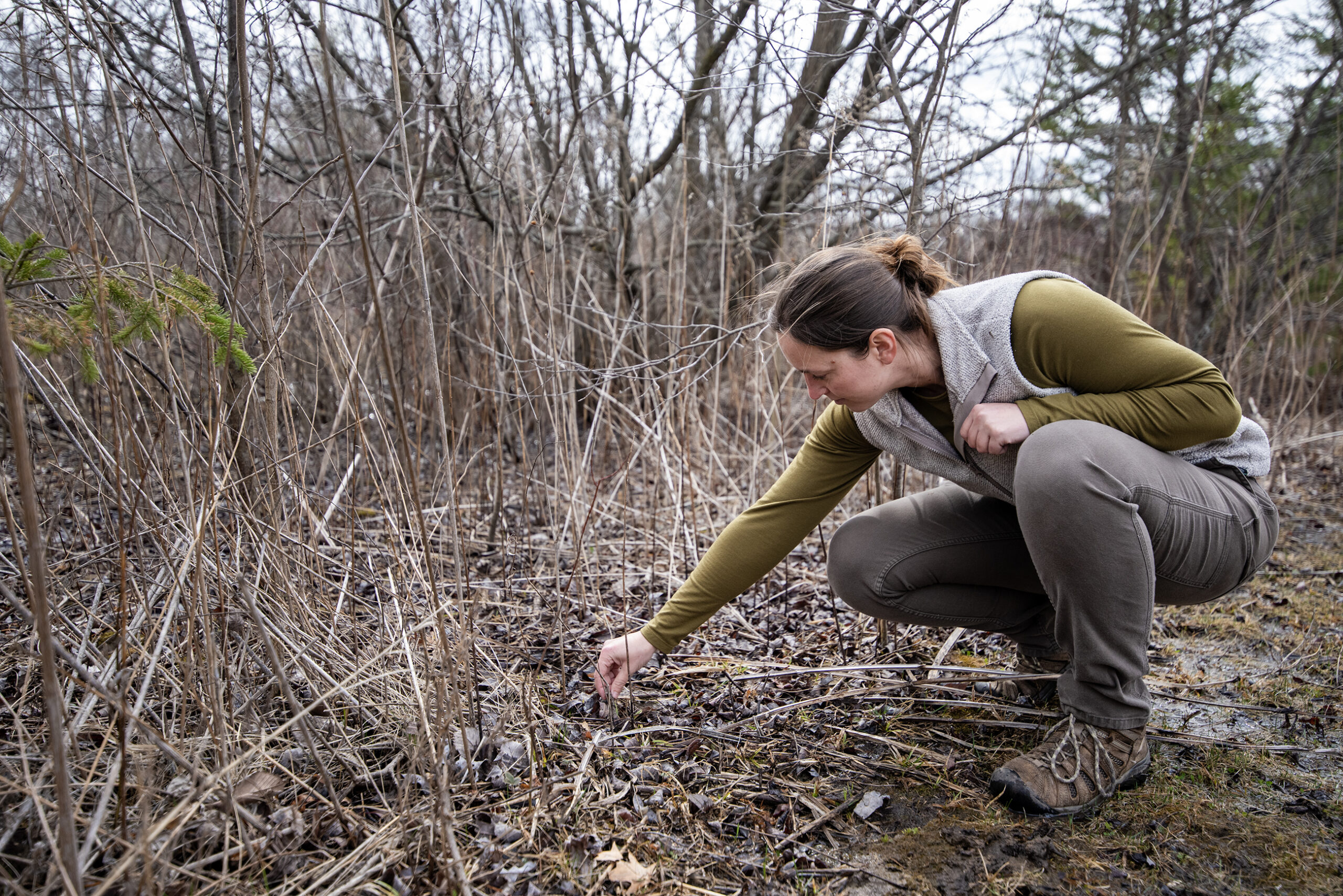
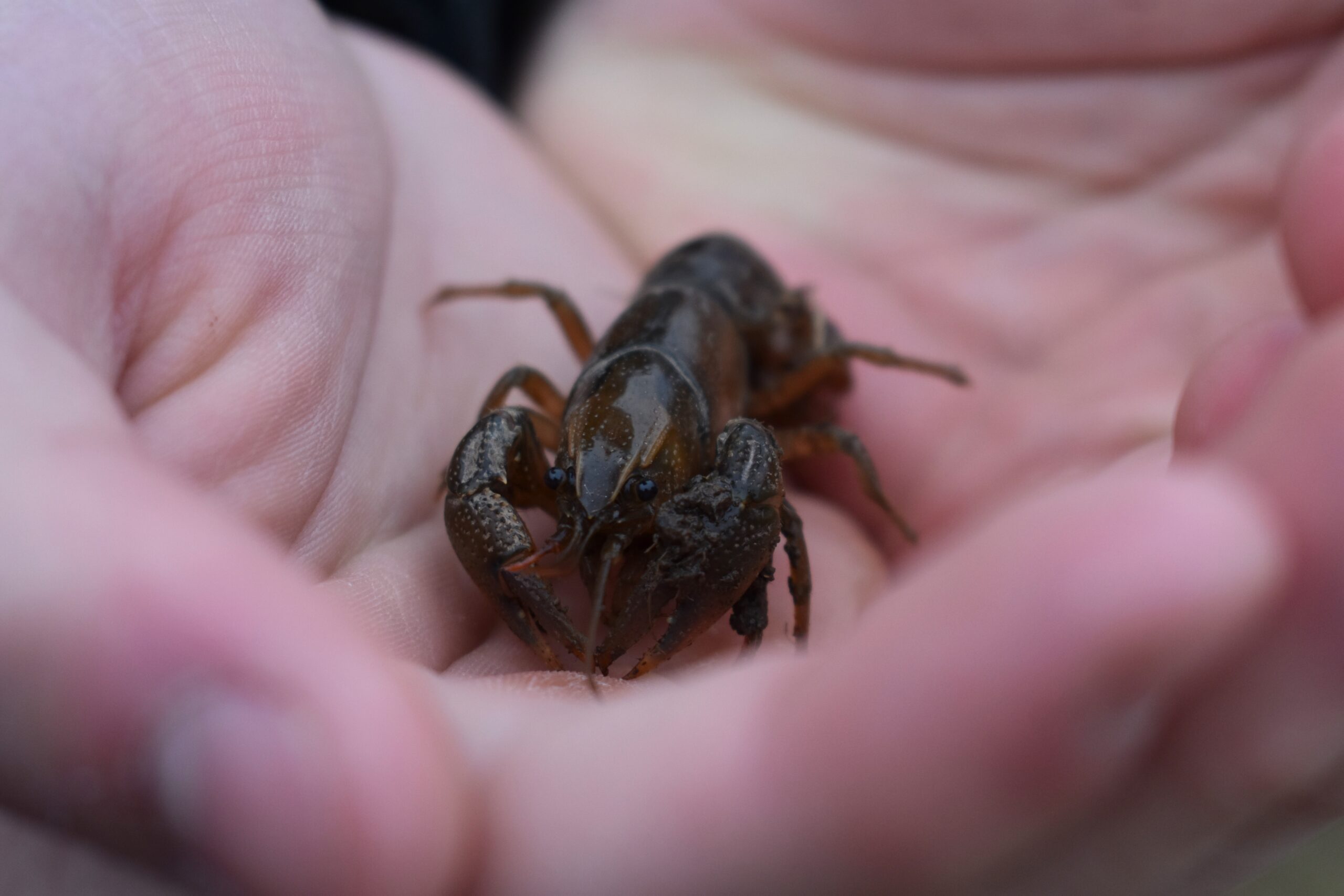
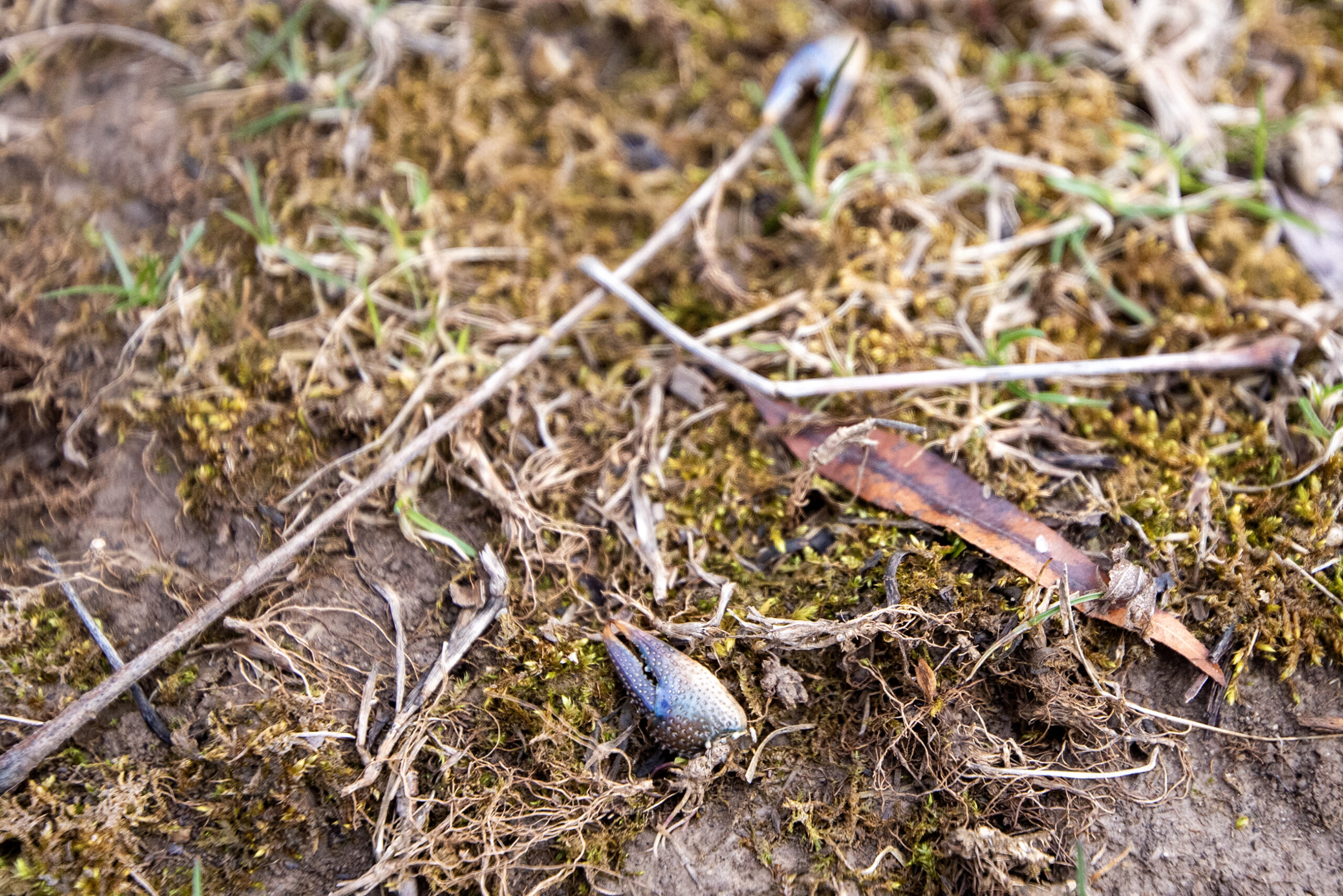
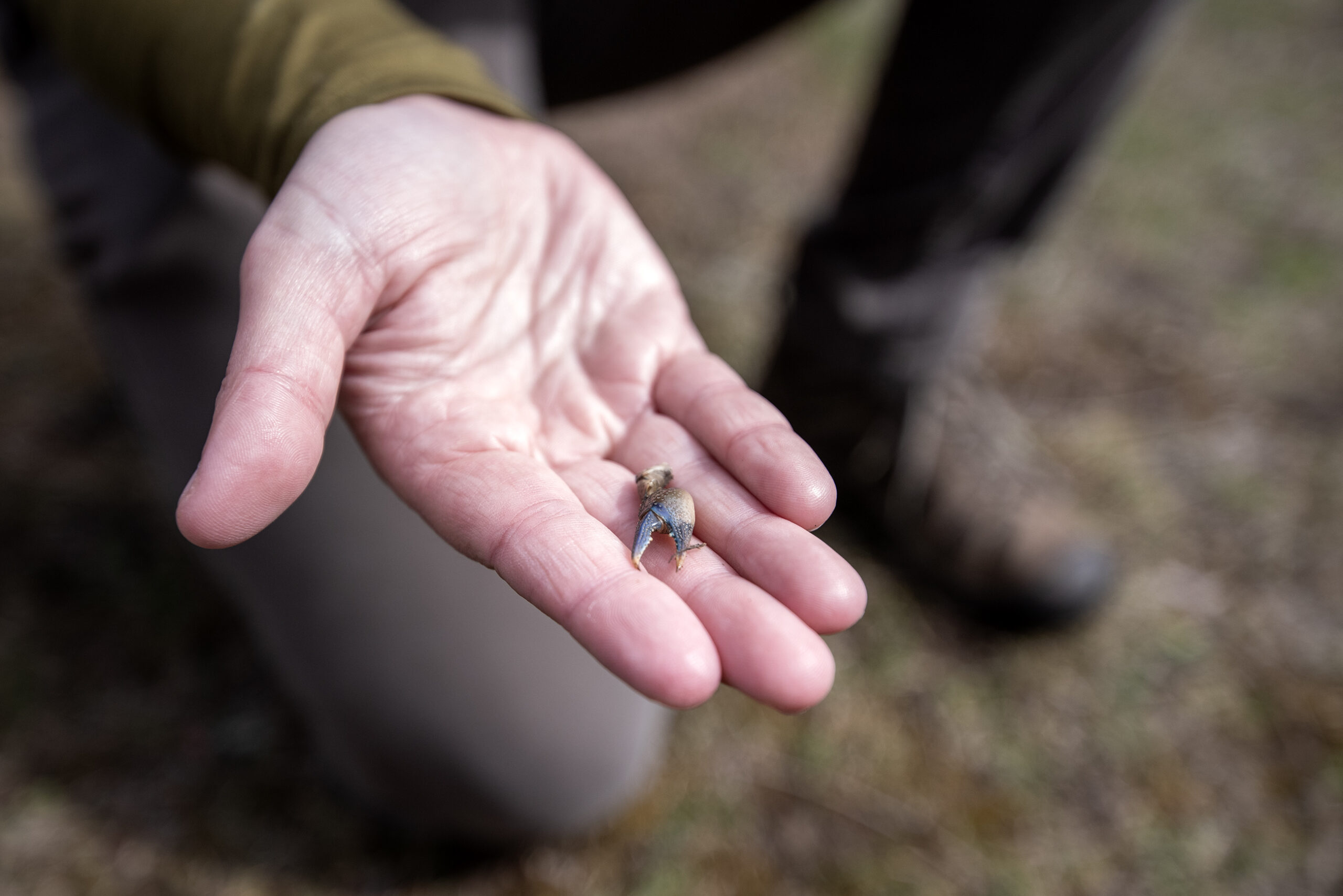
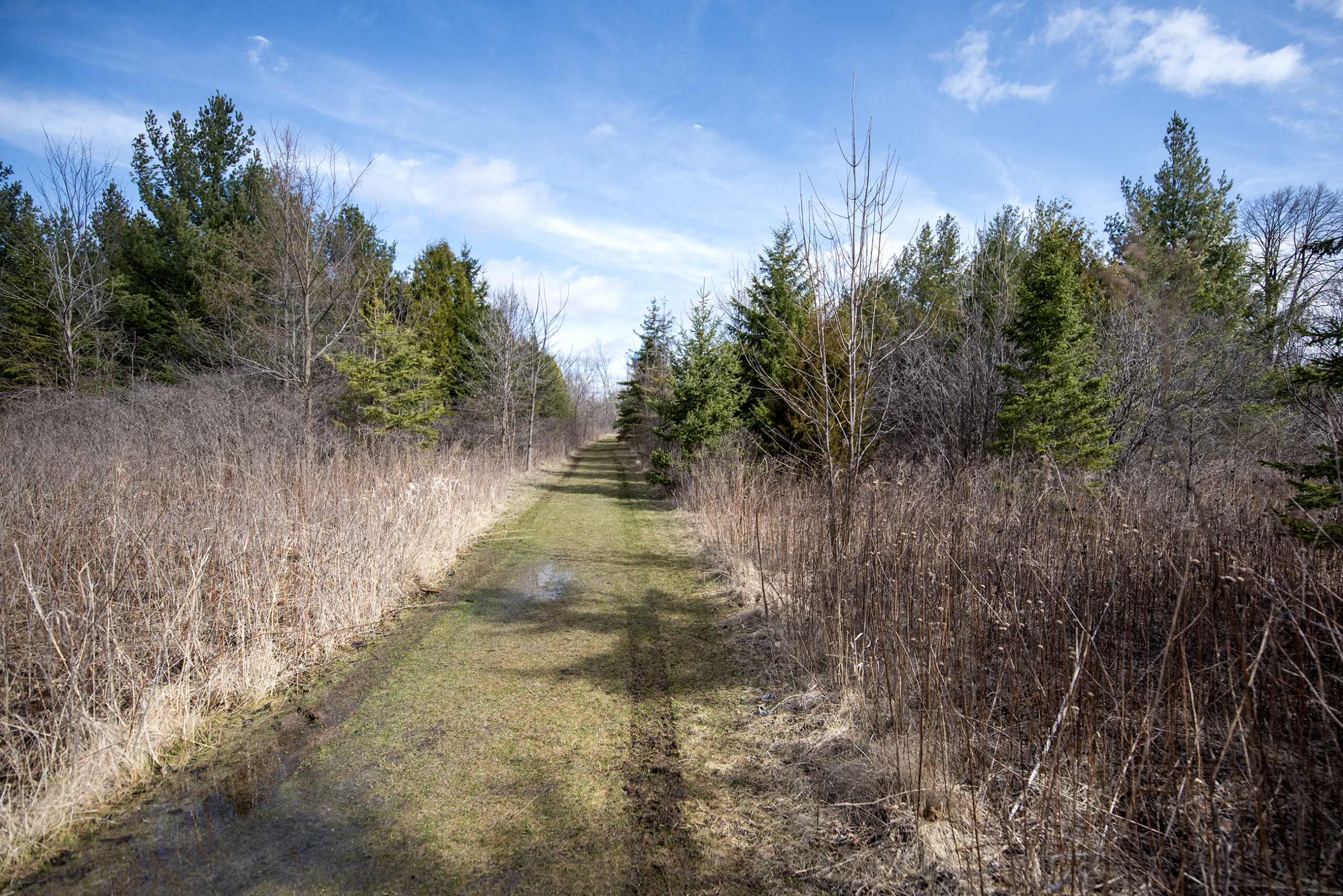
Wisconsin Public Radio, © Copyright 2025, Board of Regents of the University of Wisconsin System and Wisconsin Educational Communications Board.





